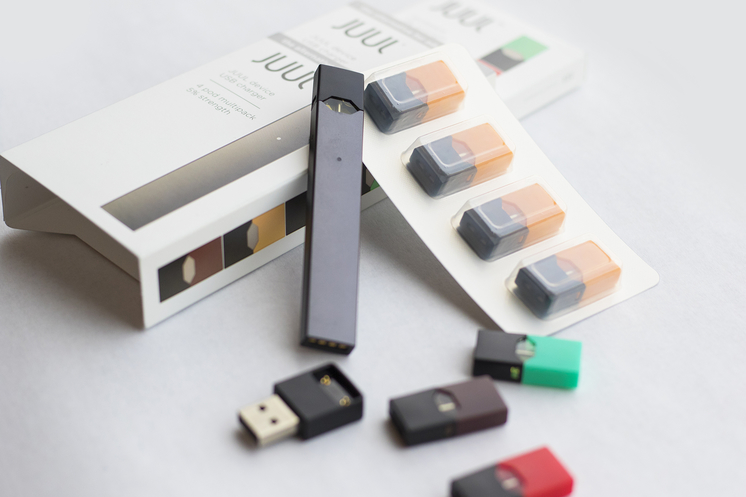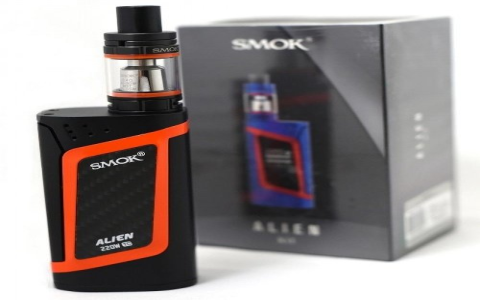Juul distinguished itself from other electronic-cigarette products through a combination of several key factors that collectively reshaped the vaping landscape.
Core Differentiating Attributes:
- Nicotine Salt Formulation: A primary differentiator was Juul’s use of nicotine salt e-liquids. This formulation allowed for a higher concentration of nicotine to be delivered more efficiently and with a significantly smoother throat hit compared to the freebase nicotine prevalent in earlier e-cigarettes. This more closely mimicked the rapid nicotine absorption and sensory experience of smoking traditional cigarettes.
- Sleek and Discreet Design: The device featured a minimalist, compact design, closely resembling a USB flash drive. This offered a high degree of discretion and portability, contrasting sharply with the larger, more conspicuous, and often more complex “mod” systems popular at the time.
- Ease of Use: Juul prioritized simplicity with its pre-filled, disposable pod system. This “plug-and-play” mechanism eliminated the need for manual e-liquid refilling or coil replacement, significantly lowering the barrier to entry and simplifying the user experience.
- High and Consistent Nicotine Delivery: Juul pods contained a notably high concentration of nicotine (initially 5% nicotine by weight). This, combined with the efficient delivery via nicotine salts, ensured a potent and consistent nicotine delivery that many adult smokers found satisfying as an alternative to combustible cigarettes.
- Marketing and Brand Perception: While initial marketing targeted adult smokers, Juul’s modern aesthetic, technological appeal, and the aforementioned product characteristics contributed to a distinct brand identity and rapid market penetration.
These elements, working in concert, provided a user experience that was markedly different from most existing alternatives, contributing to Juul’s significant impact on the electronic-cigarette market.










